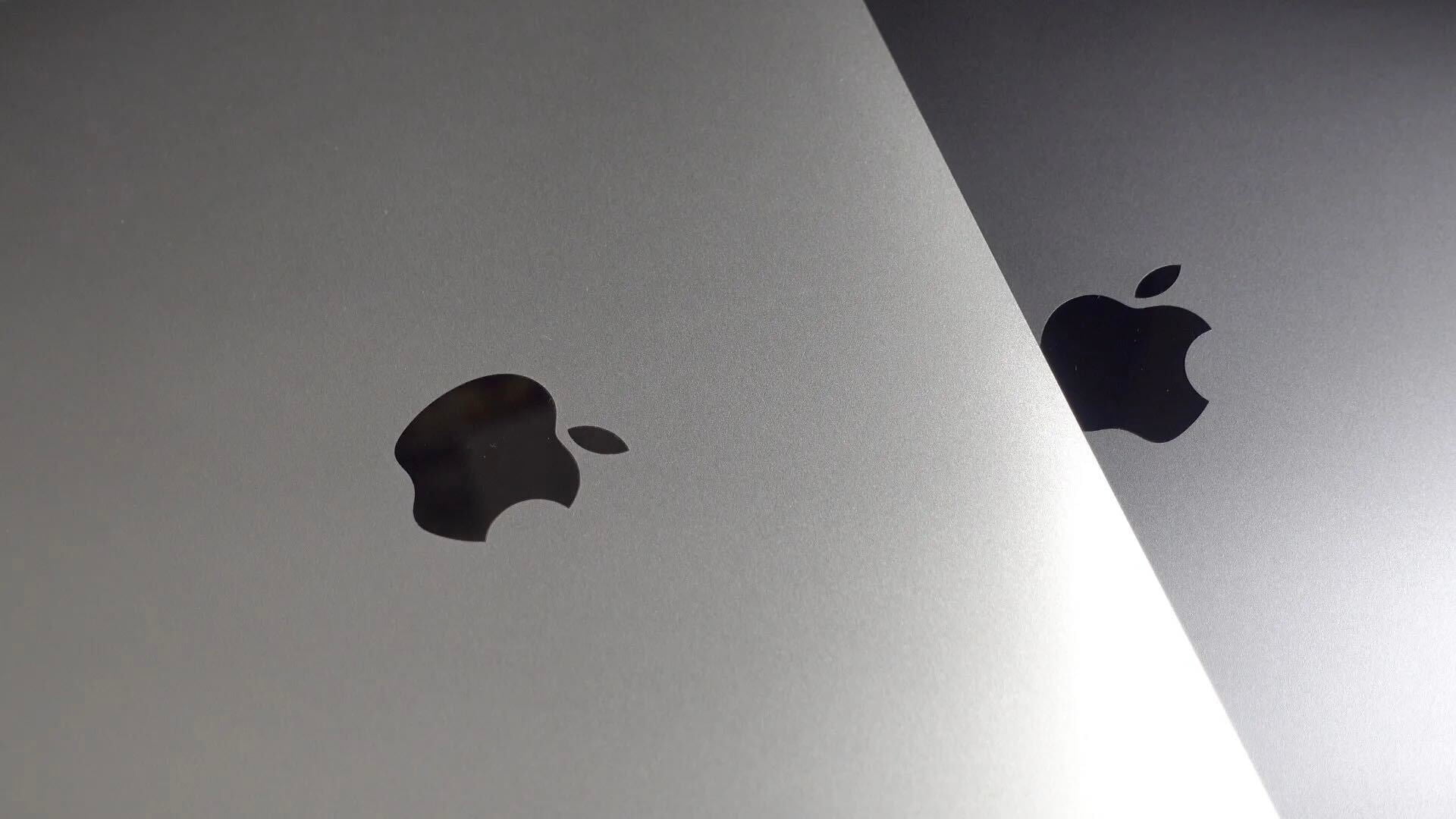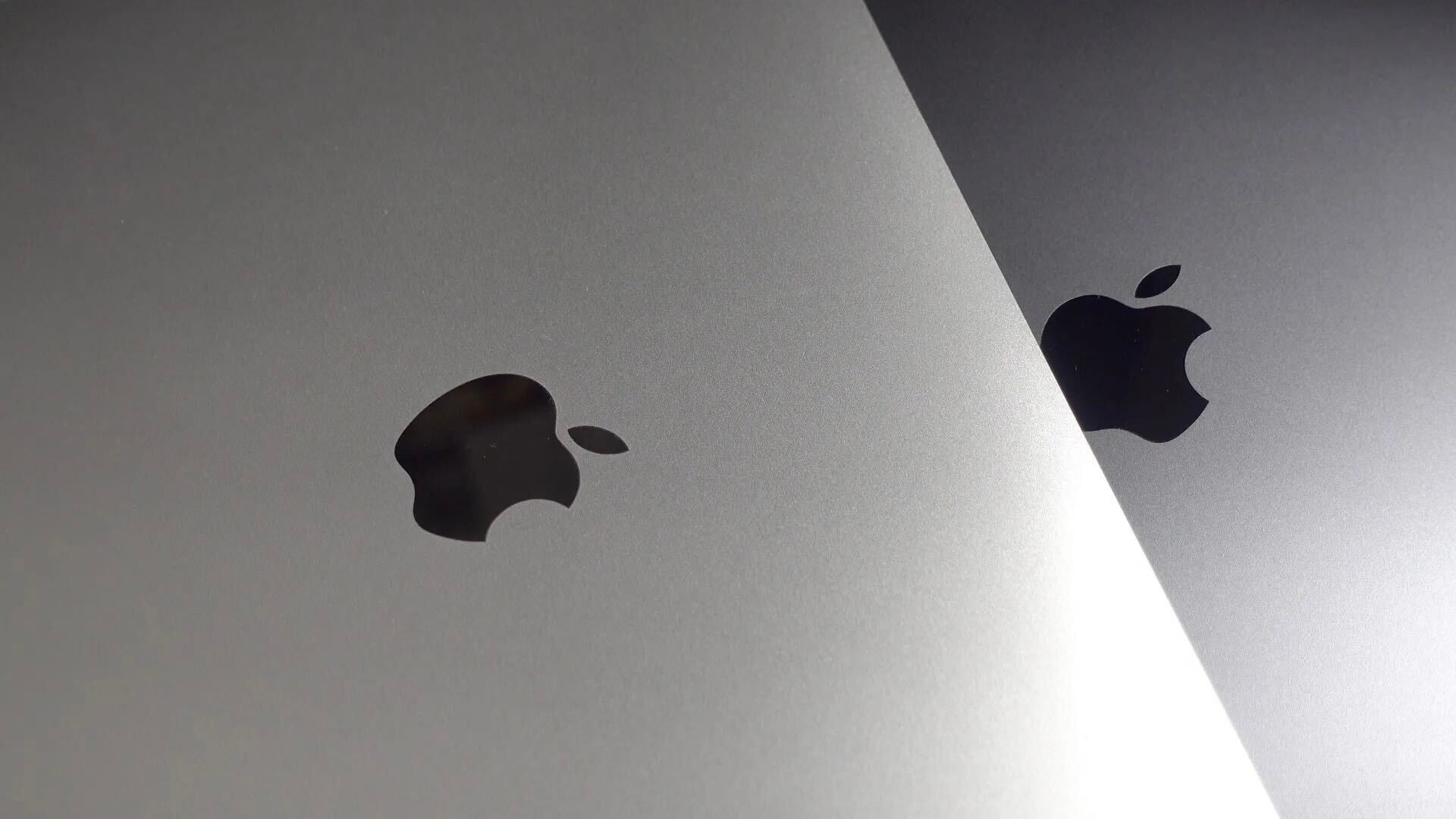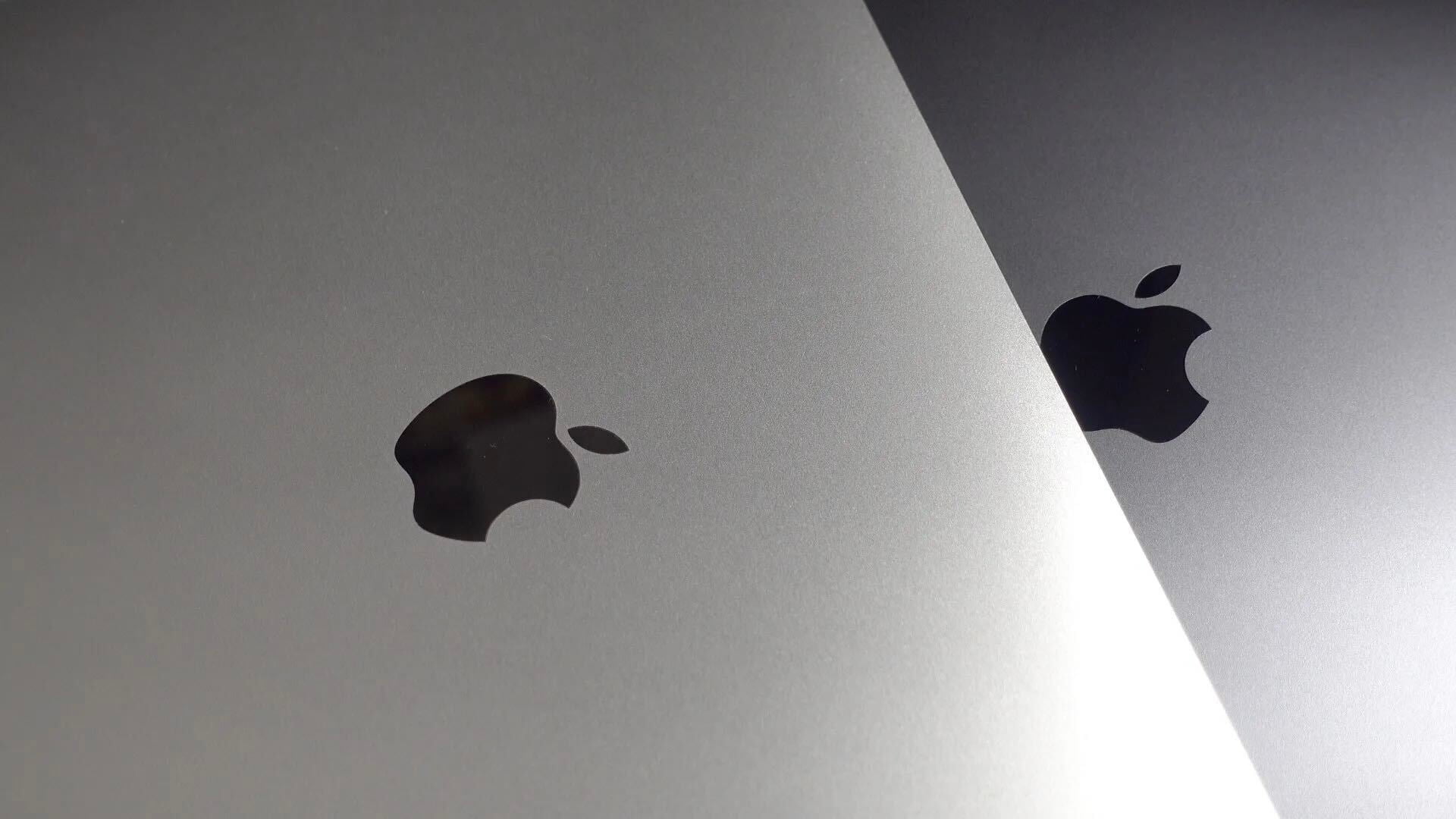iMessage

Send texts, photos, videos, and audio messages — all from the Messages app
iMessage was announced by Scott Forstall at the WWDC keynote in 2011. When iOS 5 was released in October, it included a version of the messages app that had iMessage built-in. In early 2012, Apple announced that a new Messages app would be included in OS X Mountain Lion which was released on July 25, 2012.
By 2012, Tim Cook announced that over 300 billion messages had been sent using iMessage. In 2016, Eddie Cue announced that 200,000 iMessages were being sent every second. Apple also announced an App Store for the platform in 2016.
When Apple announced its messaging platform, mobile carriers were caught off guard as it took over SMS technology. One of the reasons it was initially so successful is that users didn’t realize they were using something new. The only visual change was that the messages went from green to blue. The box for typing message had a faint iMessage in the box before starting a message as well.
Since its release, Google has tried multiple times to create its own messaging service similar to iMessage, but it hasn’t been able to find the same success. Apple has been applauded for including end-to-end encryption in iMessage.
We use end-to-end encryption to protect your iMessage and FaceTime conversations across all your devices. With watchOS and iOS, your messages are encrypted on your device so that they can’t be accessed without your passcode. We designed iMessage and FaceTime so that there’s no way for us to decrypt your data when it’s in transit between devices. You can choose to automatically delete your messages from your device after 30 days or a year or to keep them on your device forever.
Third-party apps that use iMessage do not have access to participants’ actual contact information or conversations. iOS provides each app with a random identifier for each participant, which is reset when the app is uninstalled. iMessage and SMS messages are backed up on iCloud for your convenience, but you can turn iCloud Backup off whenever you want. And we never store the content of FaceTime calls on any servers.
In iOS 11.4, Apple released Messages in the Cloud. If you enable it, it keeps your entire message history updated and available on all your devices. If you purchase a new device, all of your conversations will be synced over as well.




